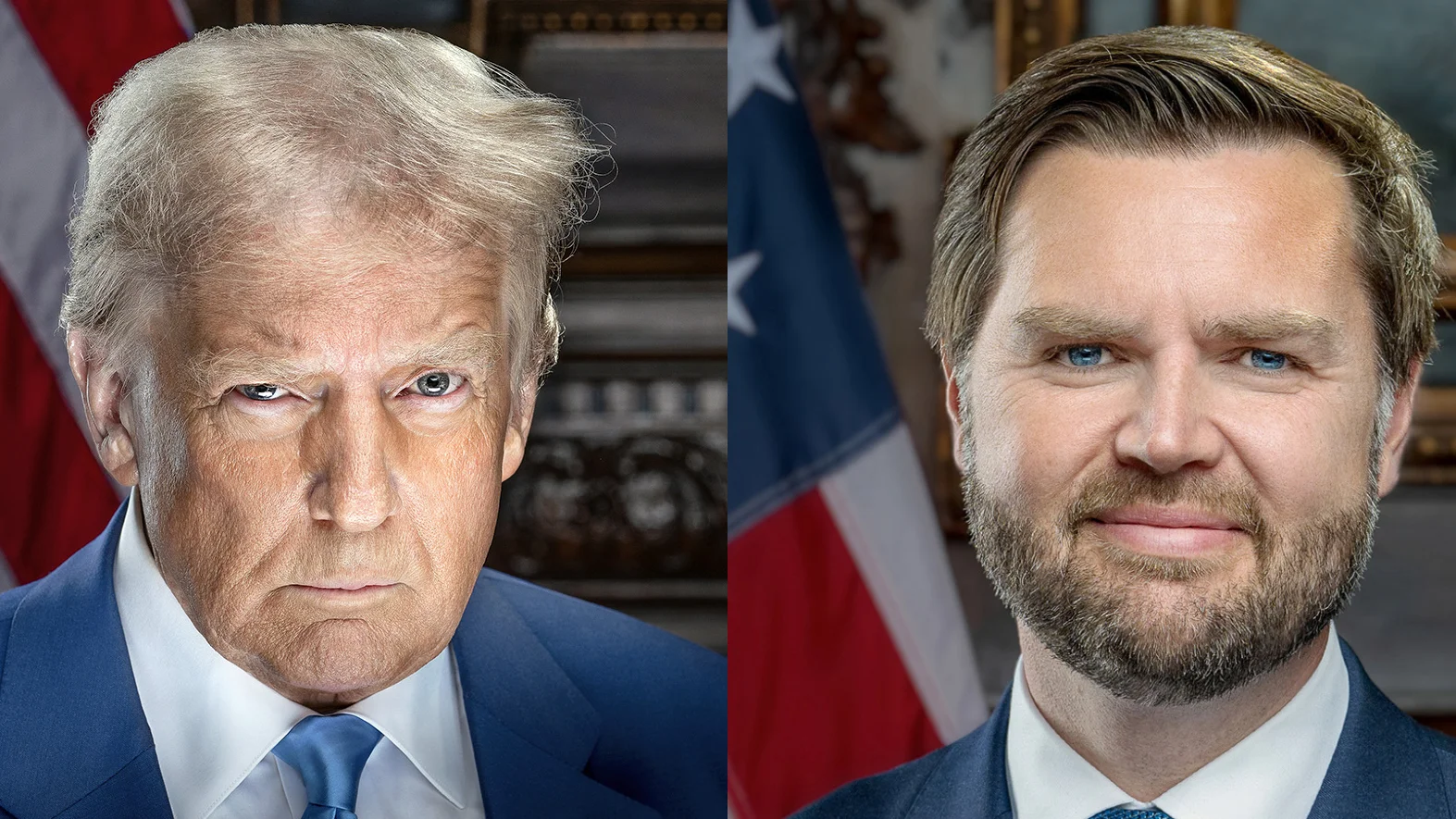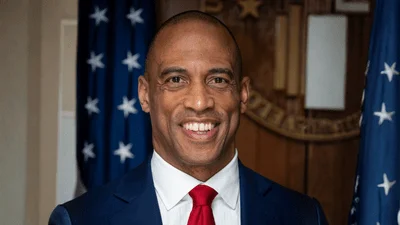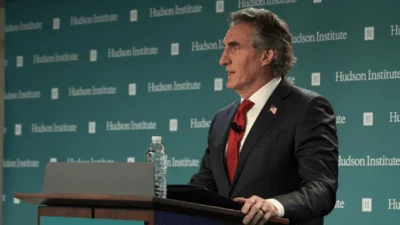At the APEC Digital and AI Ministerial Meeting in Incheon, Korea, Director Kratsios delivered remarks on behalf of the United States and President Donald J. Trump’s administration. He highlighted the recent publication of the President’s AI Action Plan, which sets out America’s strategy to maintain leadership in artificial intelligence and strengthen international partnerships as technology continues to change industries globally.
Kratsios explained that President Trump acted quickly after announcing the plan, signing three executive orders. These included measures to prevent government use of ideologically biased AI models, allocate resources for new data centers and power systems, and promote the export of American AI technology packages to allies and partners.
“Our hope is that AI will be a powerful tool for bilateral diplomacy. We believe that by packaging the American AI stack and making it available to you, we can strengthen our friendships, empower each of our nations’ AI innovation, and secure a peaceful future of shared prosperity,” Kratsios said.
He drew comparisons between today’s competition in artificial intelligence and the Space Race of the last century. Citing White House AI Czar David Sacks, Kratsios noted: “The president’s Action Plan remarks [are] the most significant technology speech since President John F. Kennedy told the nation that America had chosen to go to the Moon.”
Kratsios emphasized that while this era presents unique challenges similar to those faced during Kennedy’s time—“in an hour of change and challenge”—the current focus is on deploying existing technologies for immediate economic partnerships rather than aiming for distant technological milestones.
He described artificial intelligence as ushering in new industrial and information revolutions with applications across sectors such as healthcare, agriculture, robotics, drones, and self-driving vehicles. According to Kratsios, “AI technology is already enhancing the digital revolution in sectors such as health care and agriculture, and further enabling new industries such as robotics, drones, and self-driving vehicles.”
Kratsios stated that APEC remains central for promoting economic growth in Asia-Pacific. He announced ongoing efforts by U.S. agencies—including his office at The White House—to launch an American AI Exports Program led by the Secretary of Commerce. This program will offer tailored packages including hardware (chips/servers), cloud services, security solutions, data management tools, open-source models where needed for privacy or sovereignty concerns, as well as sector-specific applications.
He added: “As needed, the United States is eager to employ all available U.S. Federal financial tools to support priority AI export packages. These include direct loans, loan guarantees, equity investments... technical assistance...” The aim is both commercial benefit for American industry (“America First”) and mutual prosperity through customized solutions respecting national sovereignty.
The administration’s approach favors reducing regulatory barriers so private companies can innovate freely: “With the AI Action Plan... [we seek] space for real competition... so that companies can create products every type of consumer will find truly useful.” Kratsios also contrasted this stance with what he called overregulation elsewhere: “You can follow the European model of fear and overregulation... or you can take our offered handshake and make a deal.”
Reaffirming America’s position in global science and technology leadership due to its tradition of political freedom fostering innovation rather than state-directed development or technocratic control, Kratsios concluded: “With the export of the American AI stack around the world we continue that legacy.”





